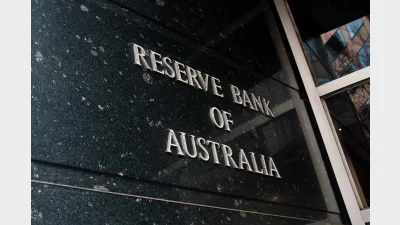ASFA CEO condemns Grattan Institute as ‘anti-retirement’



The Association of Superannuation Funds of Australia (ASFA) has directly confronted the Grattan Institute describing it as an “anti-retirement group”.
ASFA chief executive, Dr Martin Fahy has reacted to recent statements by the Grattan Institute by issuing a formal statement claiming “Grattan want a welfare state where 70-80% of Australians will be relying on a government funded age pension, public health system and a benevolent age care system”.
“They are offering Australians a bleak retirement where they are older and sicker for longer, when we know people want to be younger and healthier for longer,” Fahy said.
He said the Grattan Institute’s vision of retirement was one where everyone over the age of 75 sat at home watching daytime TB, waiting for a public hospital bed.
“We know that these outdated characterisations of retirement are at odds with what people want. People are active and motivated in retirement and they want to have choices. They don’t want their grandparents’ retirement.”
“The development of retirement policy needs to recognise and support the changing landscape where more and more Australians are working longer, living longer, and staying active longer,” Fahy said. “A Jansenite model of retirement where the few are destined for a dignified retirement and the working classes are condemned to the Age Pension has no place in modern Australia.”
Recommended for you
The central bank has announced the official cash rate decision for its November monetary policy meeting.
Australia’s maturing superannuation system delivers higher balances, fewer duplicate accounts and growing female asset share, but gaps and adequacy challenges remain.
Global volatility and offshore exposure have driven super funds to build US-dollar liquidity buffers, a new BNY paper has found.
Less than two in five Australians are confident they will have sufficient assets to retire and almost three-quarters admit they need to pay greater attention to their balance, according to ART research.









